In a dental office where clear communication, streamlined workflows, and engaging patient experiences matter more than ever, QR Code for Dentists offers a powerful solution. I find that QR codes bridge the gap between your physical clinic and the digital world, whether it's guiding patients to oral care instructions, appointment booking, or feedback forms. In my opinion, adopting QR codes is one of the most practical ways dentists can modernize patient interactions while simplifying their daily workflow.
This guide shows why dentists should embrace QR codes, demonstrates how they enhance communication, marketing, and admin efficiency, and walks you through creating your own using QRCodeDynamic. You’ll also find real-world examples, a step-by-step QR creation guide, common mistakes to avoid, and a look ahead at QR future trends.
Why Dentists Should Use QR Codes
QR codes help dental professionals deliver fast, accurate information to patients; whether it’s exam results, post-op care steps, or appointment reminders. In my experience, QR codes make patient interactions smoother and reduce miscommunication.
Here’s why: globally, 59% of smartphone users scan a QR code daily, and 95% of businesses say QR codes help them collect valuable first-party data. That means patients are already familiar with scanning, and you can leverage that familiarity to enhance your practice.
How QR Codes Help Dentists in Daily Practice
From my experience, QR codes reduce confusion—patients can scan a single code to access aftercare videos, intake forms, or payment portals, instead of flipping through papers.
For example:
- A code on your reception desk that links to patient intake forms.
- A code on your treatment card that leads to a personalized care guide post-visit.
- A code in your waiting area encouraging patients to check and leave Google Reviews, boosting your online visibility.
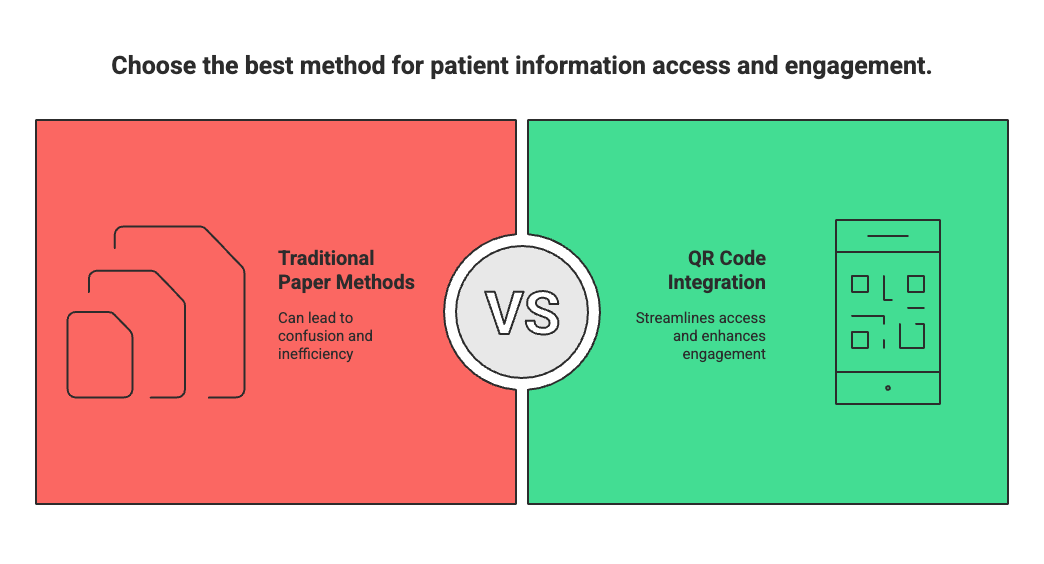
Best Ways to Use QR Codes for Dentists
1️⃣ Patient/Client Communication
Imagine giving your patients a simple way to access care instructions anytime, anywhere. By placing QR codes on printed materials that link to video or audio guides, you can make aftercare super easy and stress-free. Patients can follow along step by step, which not only boosts their confidence but also improves treatment compliance. A little scan can go a long way in showing you truly care!
2️⃣ Marketing & Visibility
Want your dental practice to stand out? Embedding QR codes in flyers, posters, or even social media graphics that lead directly to appointment pages or special promotions can turn casual viewers into loyal patients. From my experience, these interactive touchpoints are way more effective than static ads, making your marketing smarter, not louder.
3️⃣ Administrative Efficiency
Paperwork is nobody’s favorite part of visiting the dentist. With QR codes, patients can fill out forms before even stepping foot in your office, reducing front-desk bottlenecks and freeing up time for the things that matter—like patient care! Imagine a day where check-ins are smooth, fast, and stress-free. That’s the power of QR codes.
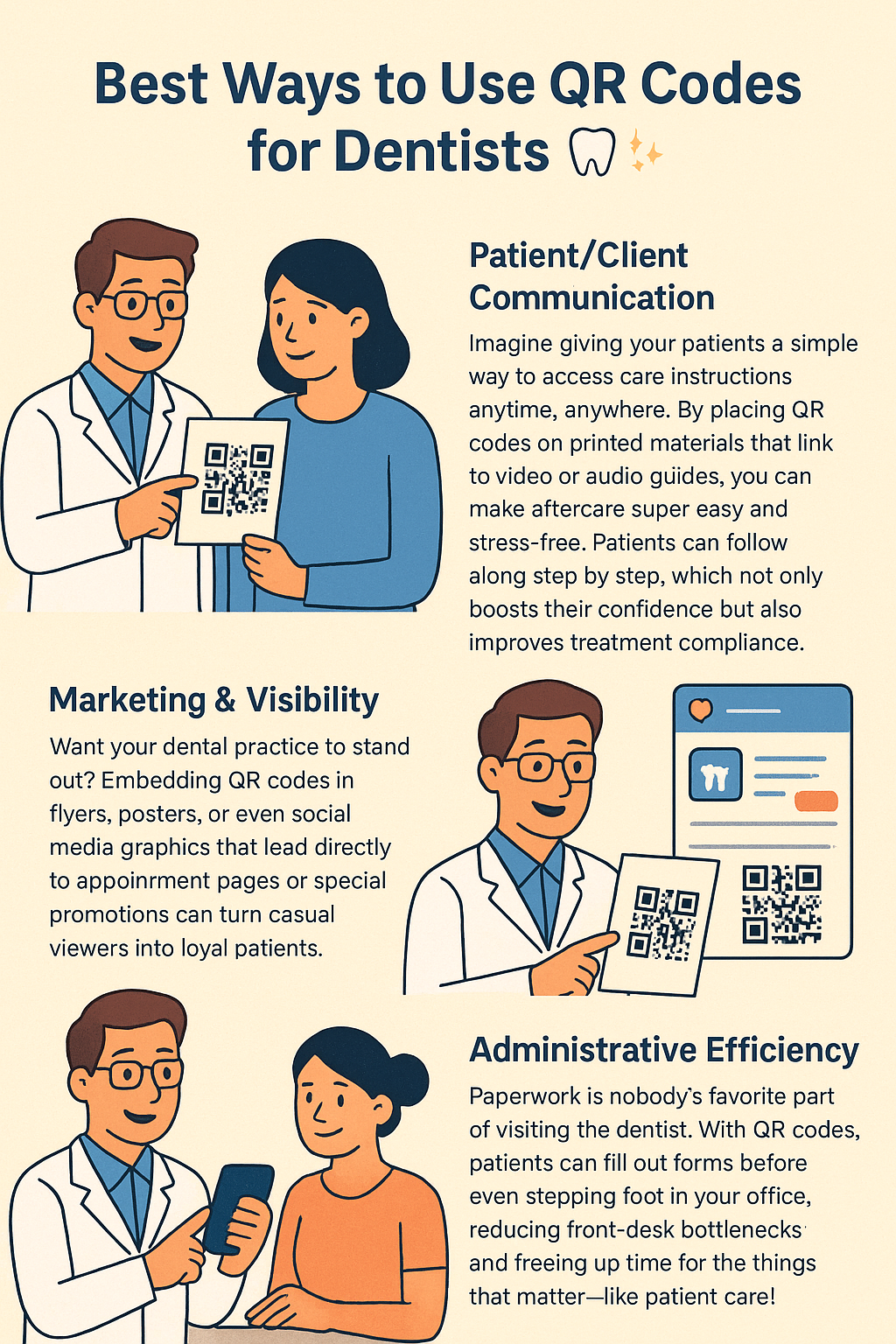
Benefits of Dynamic QR Codes for Professionals
Unlike static QR codes, a dynamic QR code allows you to edit the destination link even after printing and track valuable scan data.
From my perspective, this flexibility makes them especially useful for professionals who frequently update content or need performance insights.
Key benefits include:
- Editable Content: You don’t need to reprint materials if your link changes; simply update it in the dashboard.
- Analytics & Tracking: See when, where, and how many times patients, clients, or customers scan your code.
- A/B Testing Potential: You can compare different calls-to-action (e.g., “Book Now” vs. “Schedule Appointment”) to see which works better.
- Cost Savings: Reduces the need for repeated printing, making it eco-friendly and budget-friendly.
Step-by-Step Guide to Creating Your QR Code
1.Head over to QRCodeDynamic.
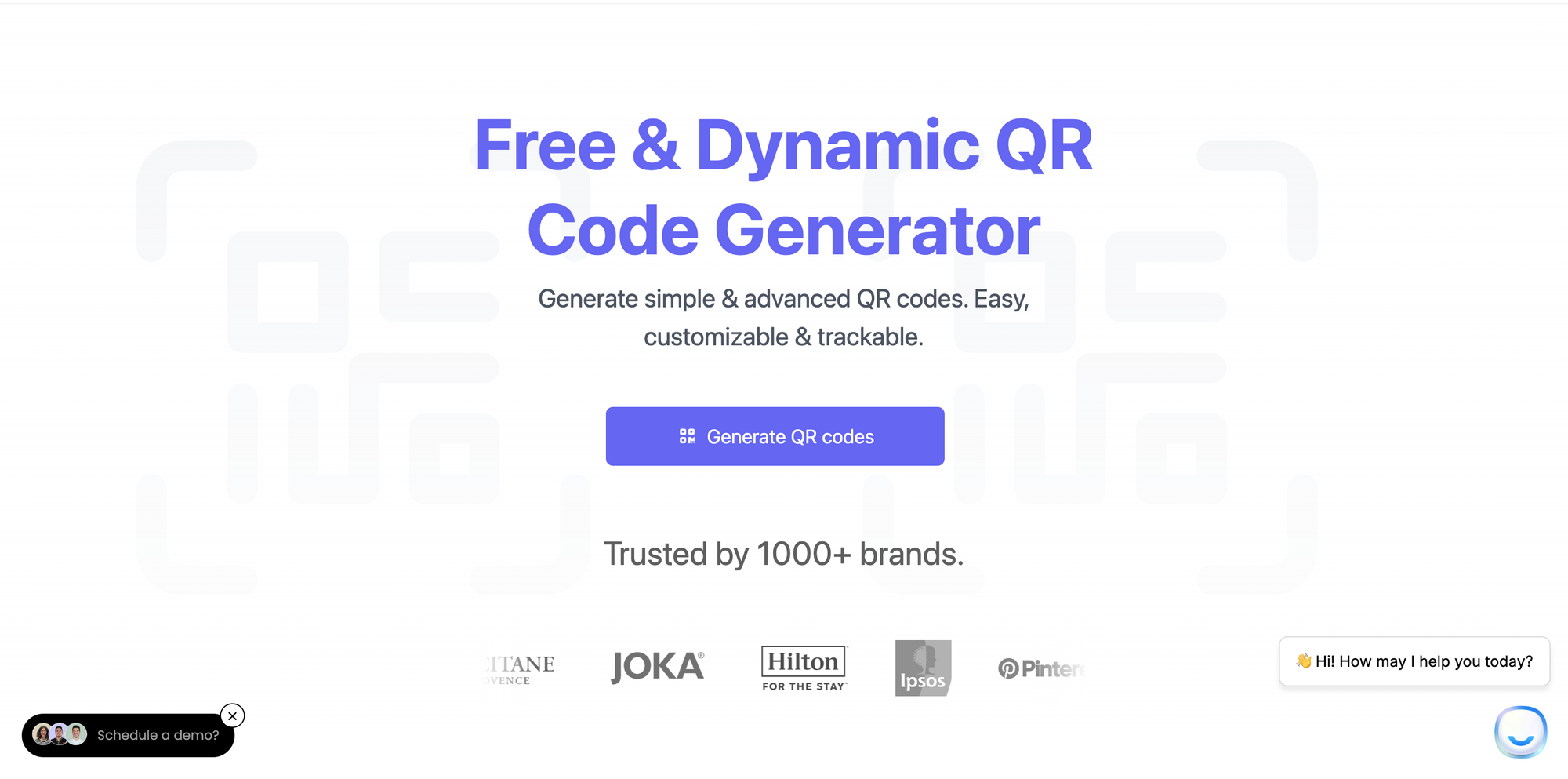
2.Choose the QR type—URL, PDF, form, video, etc.
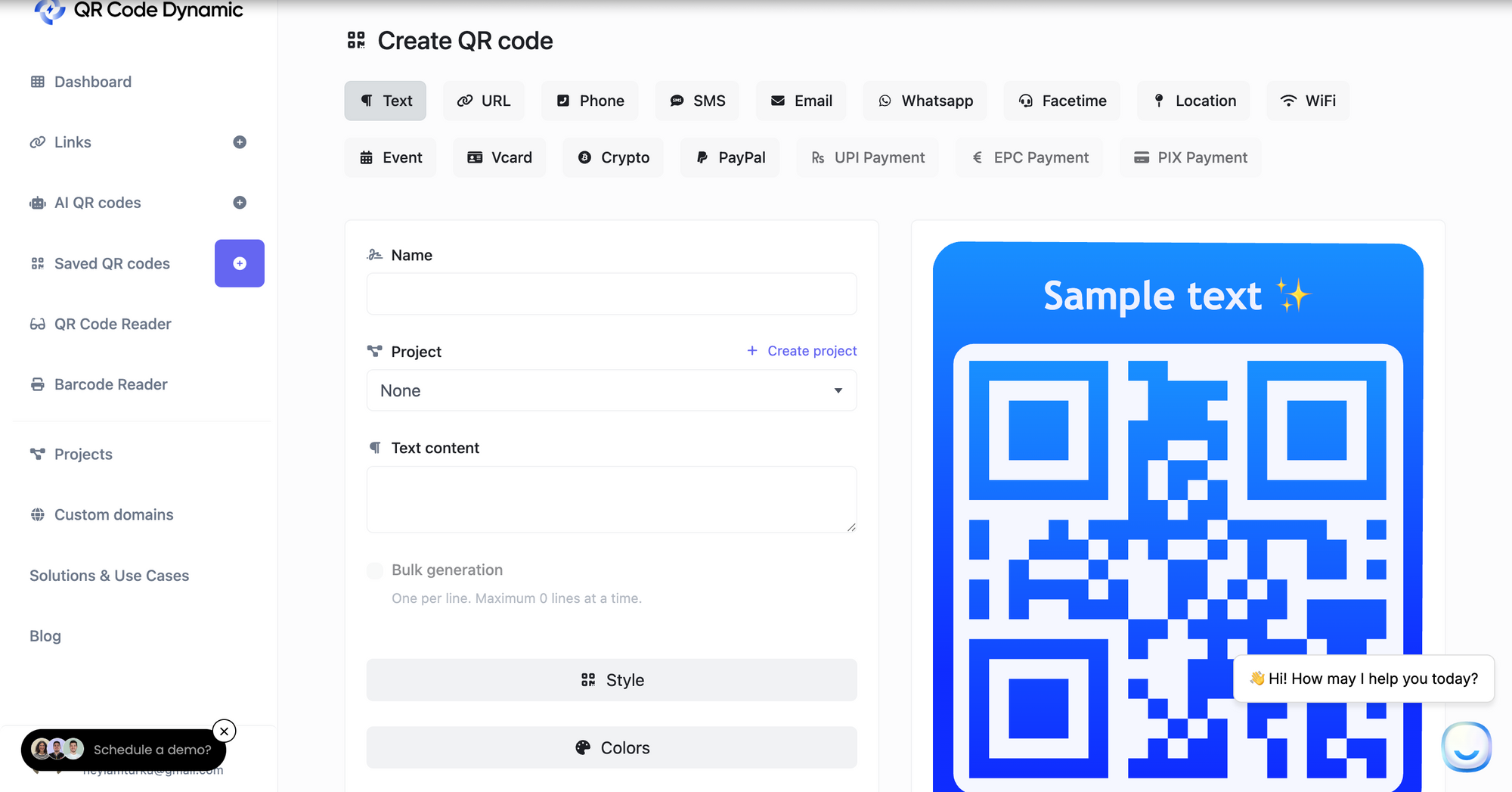
3.Paste your target link.

4.Customize its look—colors, logo, frame.
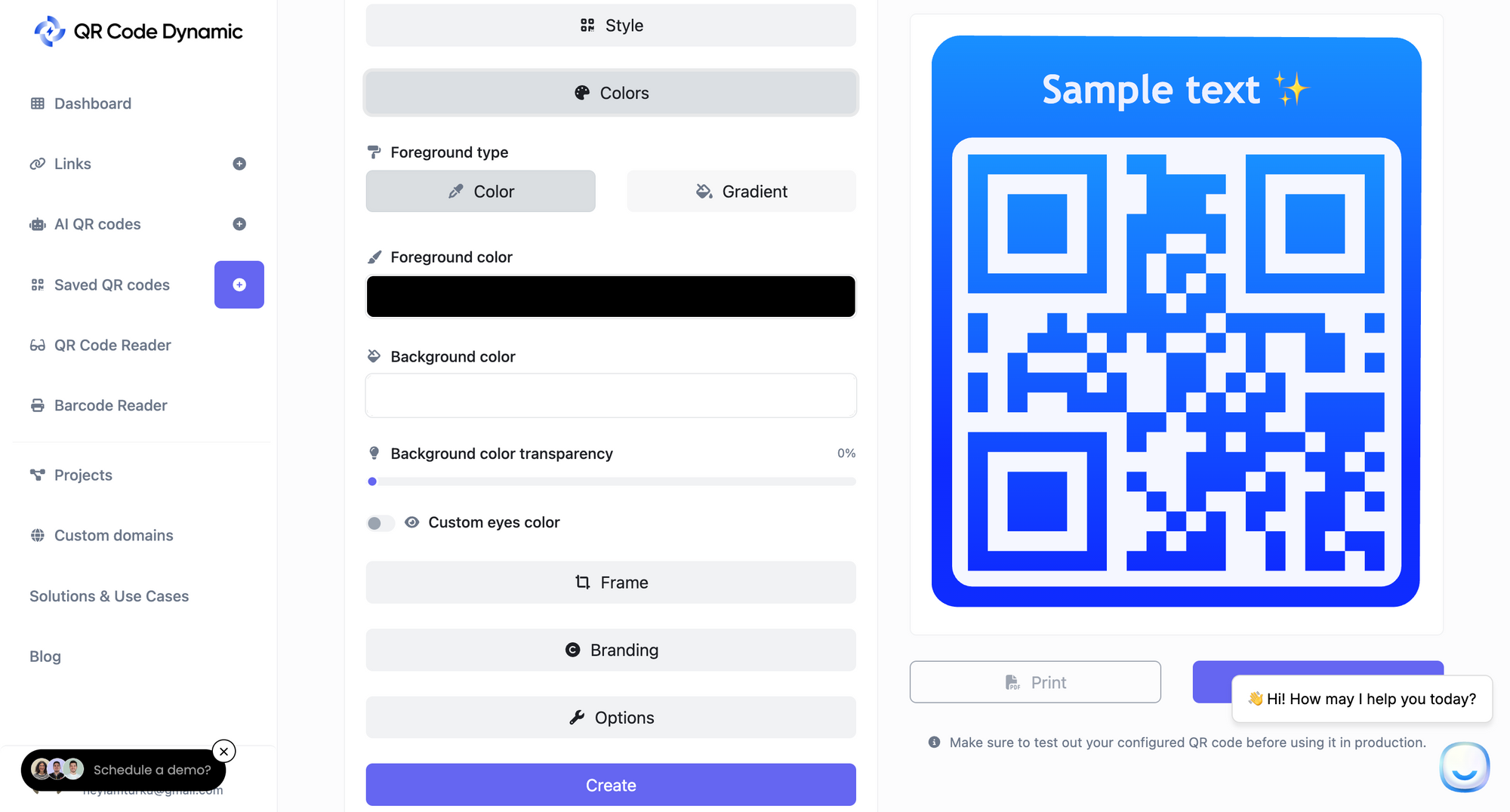
5.Generate and download your code—ready for print and digital use.

I find that using QRCodeDynamic makes the process easier than other tools I’ve tried, especially because of its design flexibility and analytics.
Real-World Examples & Adoption
Dentists have started seeing tangible benefits: one dental practice saw a 32% drop in no-shows after implementing QR codes linking to appointment reminders. Another clinic increased patient feedback by 25% when QR codes directed to post-visit surveys.
Moreover, this trend reflects overall growth: a survey found that 93% of marketers have increased QR code usage within the last 12 months, and 86% plan to increase it further next year. To me, these numbers indicate QR codes are quickly becoming a mainstream tool—not just an optional extra.
Common Mistakes to Avoid with QR Codes
From my experience, some common pitfalls include:
- Not testing links (leading to broken pages).
- Forgetting to update codes after content changes.
- Poor placement (e.g., low-visibility spots).
- No tracking or follow-up, so you can’t measure effectiveness.
Personally, I think regular audits and analytics tracking are key to long-term success.
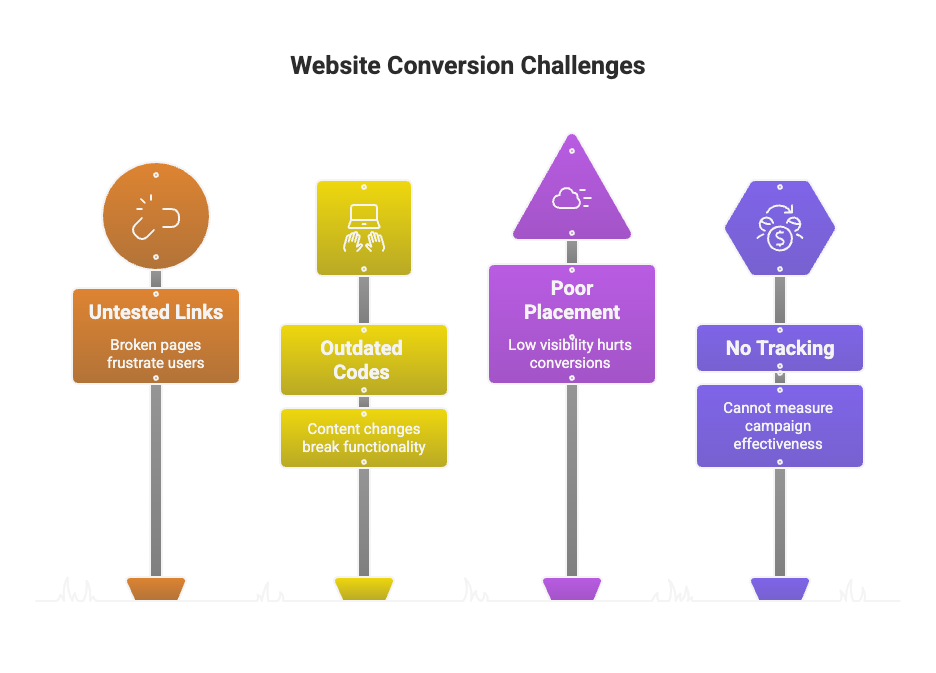
How to Measure the Success of Your QR Code Campaigns
Adding QR codes is only half the job—measuring their effectiveness is what brings real growth. Without data, you can’t improve.
Ways to measure success:
- Track Scan Rates: How many patients/customers actually scan your code?
- Monitor Conversion Rates: Did they book an appointment, leave feedback, or complete a form after scanning?
- Use Analytics Dashboards: Tools like QRCodeDynamic provide real-time reporting on location, time, and device used.
- Compare Campaigns: Test different QR placements (waiting room posters vs. flyers) to see which generates more engagement.
Example:
A dental clinic placed one QR code on appointment cards and another on the reception desk. By checking analytics, they discovered the reception QR brought 40% more scans. That insight helped them adjust their strategy for future campaigns.
Future of QR Codes in Dentistry
I believe that in the next five years, QR codes will be tightly integrated into dental workflows, think QR-enabled treatment rooms that guide procedures, or codes linking to AI-driven follow-up chatbots.
The data supports this growth: QR code scans have jumped 323% from 2021 to 2024. Clearly, this is not just a passing trend.
Conclusion
QR codes are no longer optional, they’re a practical way to improve patient communication, marketing, and clinic efficiency. Personally, I think that starting early gives dental professionals a tangible edge in convenience and innovation.
Ready to start? Try creating your first QR code now with QRCodeDynamic and begin transforming your practice today.
Frequently Asked Questions
1.Can QR codes really improve patient communication?
In my opinion, yes—they provide instant, (and trackable) access to care instructions, appointment links, and feedback, making communication efficient and clear.
2. Are QR codes secure for patient info?
Yes—if you use secure links and encryption. From my experience, dynamic QR platforms offer good safety features when managed properly.
3. Do patients actually scan QR codes?
Definitely—59% of smartphone users scan daily, and businesses are finding them incredibly useful for data collection.
4. Which tool should dentists use to create QR codes?
Personally, I find QRCodeDynamic to be reliable and flexible, especially with analytics and customization options.
5. Can QR codes replace printed brochures?
I think they complement them—they offer instant access and interactivity while brochures provide tangible reminders. Using both gives you the best of both worlds.


